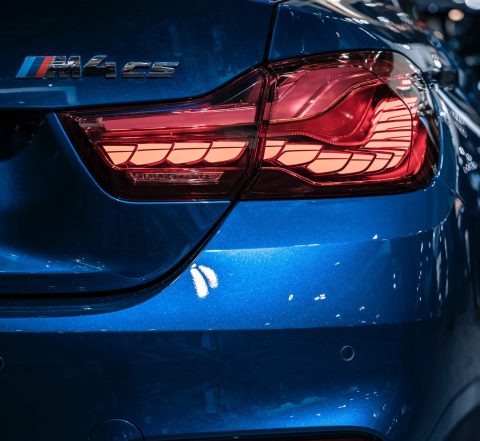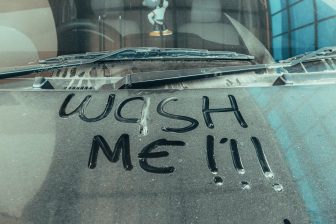
How Mr. Wash handles customer complaints
A customer of Mr. Wash recently complained about what he saw as an unsatisfactory solution of alledged damage endured in the car wash. This prompted us to ask Germany’s largest car wash chain how the company responds to customer complaints.
Customer satisfaction is an important issue at car washes. On rare occasions, customers sometimes complain to car wash staff after a wash about possible damage encountered. The chances of a complaint rise when the volume of washing cars at a facility increases.
It does happen that complaints are not satisfactorily resolved, according to the customer. This might even lead to a legal dispute. Recently, a dissatisfied customer of a Mr.Wash location in Hamburg turned to the press.
The complaint case
After a car wash, the customer noticed that both rear view mirrors of his vehicle were damaged. On both sides the trim was torn off. Understandably, he turned to the car wash employees with his damage claim. No agreement was reached on the spot and the offered car wash credit was apparently not accepted either. The dissatisfied customer then turned to the press.
Two types of complaints
Our German colleague of CarwashPro.de spoke to Mr. Wash board member Richard Enning about the above case and the company’s general approach to complaints. The company usually makes a distinction between two different types of complaints.
First of all, a customer might have a complaint about the cleanliness and thus the performance of the car wash. In this case, the problem can usually be solved quickly with a new wash. Even if customers want to take advantage of this and go after free wash vouchers, Richard Enning does not make a problem out of it.
The other type of complaint is more challenging and handles damage, which might or might not be caused by the car wash. In the case of paintwork scratches or dents, it is important to determine whether this could actually be caused by the car wash. “Often, our customers discover damage to the paintwork after the car has been washed clean. The damage was simply not visible beforehand because of dirt. “A classic one is damage caused by a shopping cart. Or a car door which got scratched in the parking lot. Scratches from keys or other objects are also noticeable at this point.”
In these cases, employees try to explain to upset customers that certain damage cannot occur due to the direction of travel and movement in the car wash. Angled or undulating movements are not typical in a car wash. Often, this already helps customers to understand what caused the damage. Often, the problem is then solved.
Court cases are rare
Minor damage, like in this case damage to rear view mirrors, is another type of claimed damage. “Here we have a clear principle that we do not pay for any damage that we did not cause. In case of doubt, an expert is called in to give his verdict on the matter. Very rarely do such cases end up in court,” says Enning. “If we are convinced that damage was caused by our system, we will replace it quickly and without further ado. In the case of minor damage, some customers are also satisfied with free washes.”
Vacuum hoses
In other cases the employees are convinced the damage to the vehicle was caused by incorrect use of the car wash. “Sometimes customers report their vehicle roof was scratched by the vacuum hoses. In these cases, we point out to customers how to use the suction spots correctly to avoid damage.
When customers pull the vacuum hoses over the car roof to clean the passenger side, scratches cannot always be ruled out. This could easily be avoided because each vacuum location has easily accessible hose systems on both sides,” explains Richard Enning.
“In conclusion I can state that with the amount of vehicles we clean daily in Mr. Wash facilities, the number of complaints is really minimal. Therefore, such cases are not a problem for us.”
Also read:



